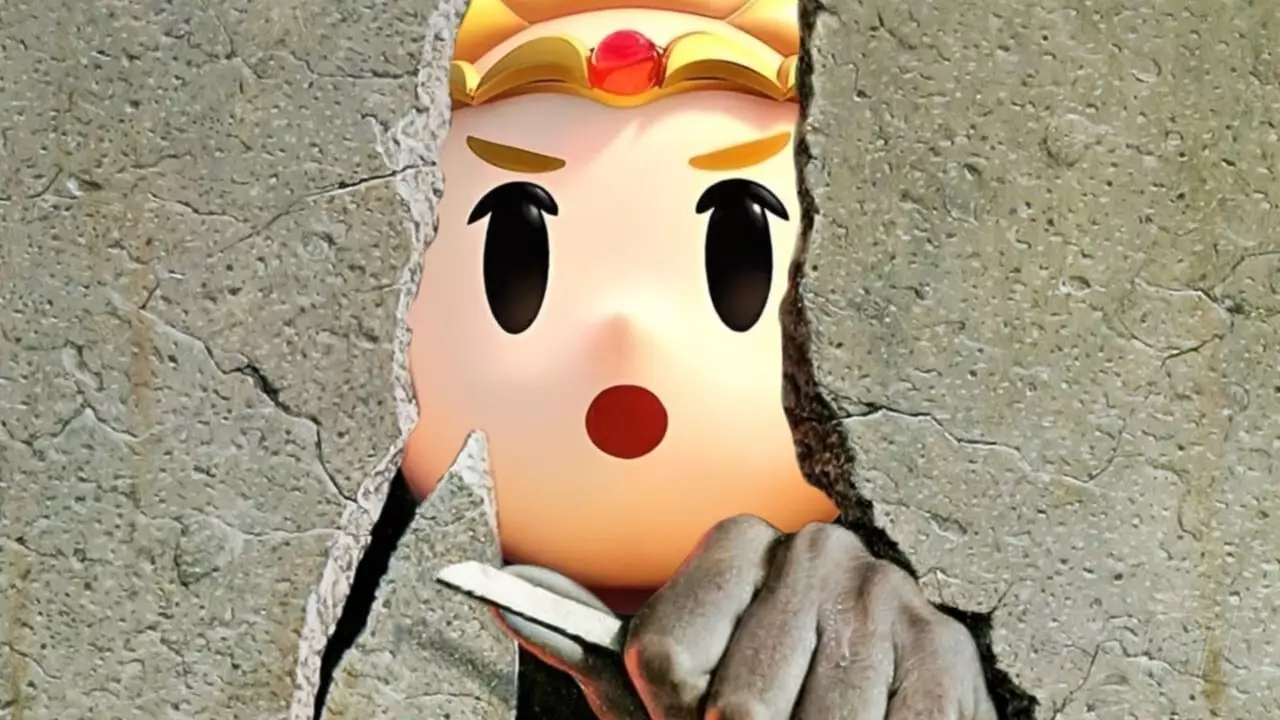The world of Hyrule, richly woven through decades of gaming history, invites players to delve into quests, solve puzzles, and navigate elaborate dungeons. However, beneath its enchanting facade, one of the persistent absurdities lies within the designs of its prisons, which often seem laughably inadequate for containing its prisoners, particularly our beloved hero, Link. With the release of “The Legend of Zelda: Echoes of Wisdom,” this reality stands starkly exposed, prompting an examination of how Hyrule’s jails could significantly enhance their security measures.
The Incompetency of Hyrule’s Jailers
Imagine being imprisoned in a high-security facility, only to discover that a mere glance around can lead to escape. This premise is humorously encapsulated as Link finds himself, yet again, tossed behind bars in Echoes of Wisdom. Upon entering the cell, players quickly identify the glaring security oversights—notably, an enormous hole above the bench that practically screams, “Free yourself!” The design of a prison should ideally dissuade escape attempts, but Hyrule’s established penchant for ineffective containment is hard to overlook.
It’s almost as if the architects of Hyrule’s prisons are unaware that the title of their domain has a clear expectation of better security protocols. A routine design overhaul should be considered; closed-off spaces could eliminate the numerous escape routes that clever players are bound to exploit. It’s reasonable to assume that jails should function on a basic level of safeguarding inmates, particularly villainous ones who might disrupt the fabric of reality.
Nowhere is this more evident than in previous episodes of the franchise, where players unlock the history of Hyrule’s disastrous imprisonment practices. In Twilight Princess, Link, transformed into a wolf, manages to escape confinement with the simplest of methods—smashing through a crate placed over a poorly concealed hole in the ground. Here, one must wonder about the digital incompetencies that plague the kingdom’s security team. Offering a mere wooden barrier is simply inviting trouble, and it’s baffling that the authorities have yet to learn from their past mistakes.
What’s fascinating about the design of Hyrule’s prisons is that they continue to provide players with these laughable opportunities for escape. Even situations where Link is chained often come with an apparent oversight: insufficient restraints. A more tactical approach would involve implementing reinforced measures tailored specifically for unique prisoners, such as a shape-shifting wolf, which could decisively quell escape attempts—even in a world where magic and mystery reign.
The inadequacies extend beyond mere holes and unlocked doors. Players recall A Link Between Worlds, wherein the Thieve’s Hideout suffers from its own significant flaw: a switch designed to liberate inmates is left conspicuously out in the open. The existence of escape mechanisms in plain sight implies a shocking neglect by the prison’s designers, leading to a fundamental question: why make it easy?
It begs the question of whether the guard personnel suffer from some form of blissful ignorance, or if they believe in the ludicrous notion that their prisoners won’t think to push a big red button sitting vulnerably in their cell. These glaring misses prompt sarcasm as players wonder whether Hyrule’s design team consulted an architect or simply delivered a few sketches to kindergarten students.
A Call for Enhanced Security in Hyrule
As a player, while the escapability presented by Hyrule’s prisons can elicit laughter, it raises a necessary critique: why bother constructing a prison if it serves as little more than a waiting room for heroes? This cycle of inevitably unsealed cells offers a jarring contrast to the somewhat serious undertones of the specific quests within the franchise.
One could argue that while gameplay should retain its accessibility, certain elements, like prison design, could stand for a serious reworking to align with the story’s more ominous themes. Indeed, gamers crave both challenges and coherence within the narratives in which they become embroiled. With every new installment, including Echoes of Wisdom, a collective hope arises that Hyrule’s security forces—fictional as they may be—might finally catch a break in their institutional failures.
As we look forward to the next chapter in Link’s adventures, perhaps we can suspend disbelief for a moment longer, pondering whether Hyrule’s prisons will ever evolve beyond their current laughable state, or remain a testament to the haphazard creativity that characterizes this beloved franchise. No matter how many times Link escapes, players will always cherish the challenge, the nostalgia, and the inadvertent hilarity assigned to Hyrule’s iron bars and shoddy construction.


Leave a Reply